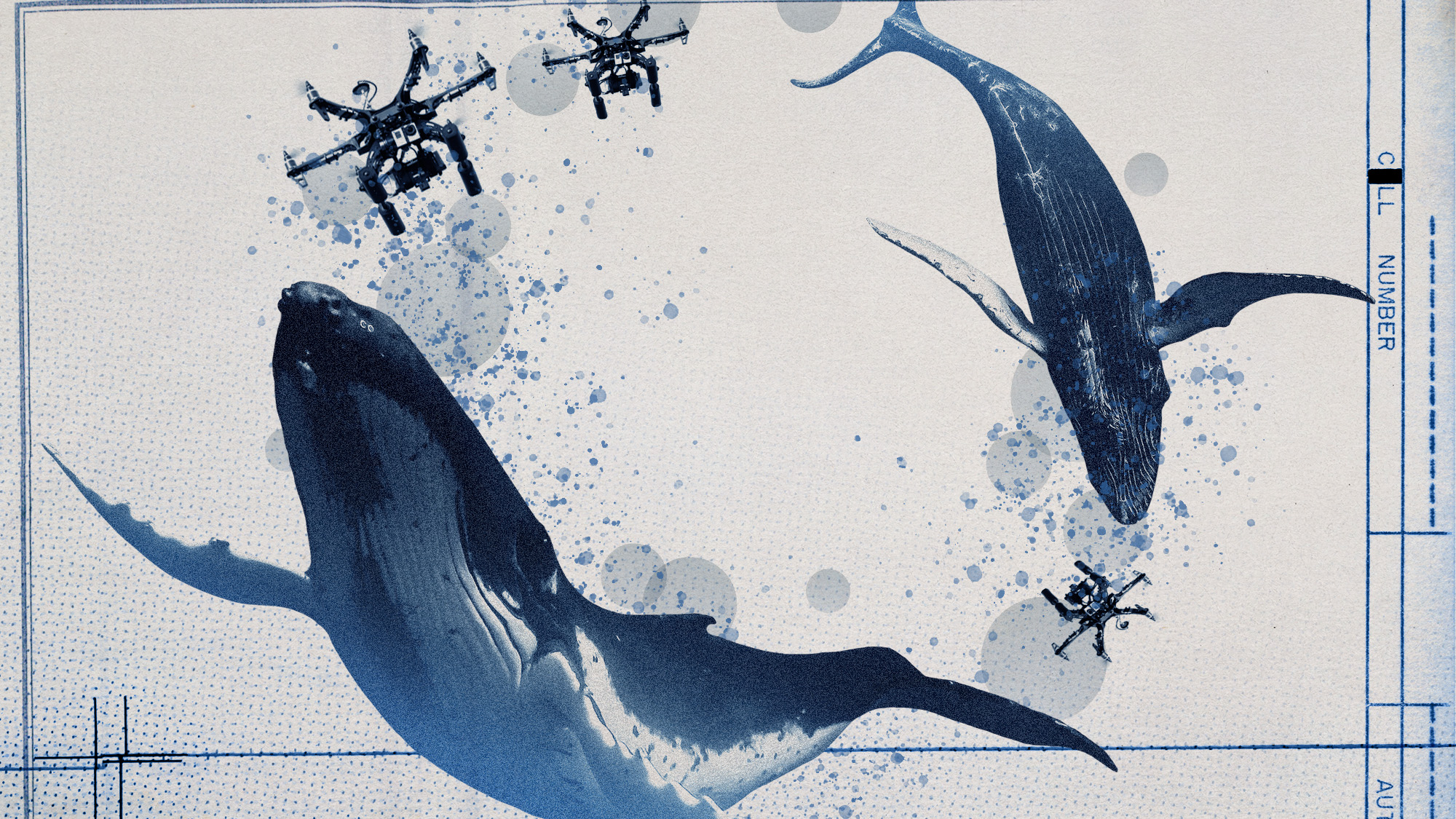These new 3D shapes could help us combat herpes and fight climate change
Really!

In the early 17th century, Galileo was demonstrating telescopes, and Johannes Kepler was experimenting with new 3D shapes. Over the subsequent 400 years, many advances have been made in astronomy. But no one has been able to match Kepler's work with 3D shapes — until now.
Stan Schein, a neuroscientist working at the University of California, Los Angeles, and his colleague, neuroscientist James Gayed, have discovered a new class of 3D shapes they've dubbed Goldberg Polyhedra. These 3D shapes look like spheres made out of a chain-link fence. And someday, they could help humans build cheap housing in disaster zones, better grasp global warming, and even combat viruses like herpes.
It all started with an eyeball. Schein and Gayed were studying the human retina, the part of the eye that is sensitive to light, when they became interested in a structure called "clathrin cages" that they could see on the inside of the membranes of photoreceptors. The molecules of Clathrin, which is a protein, assemble to form what is called a "coated pit." As more molecules are added, the pit curves inward and grows into a cage structure. The function of these clathrin cages is essentially to help transport other molecules inside cells.
The Week
Escape your echo chamber. Get the facts behind the news, plus analysis from multiple perspectives.

Sign up for The Week's Free Newsletters
From our morning news briefing to a weekly Good News Newsletter, get the best of The Week delivered directly to your inbox.
From our morning news briefing to a weekly Good News Newsletter, get the best of The Week delivered directly to your inbox.
"We became interested in these structures [because] they're fun, they're beautiful," Schein told The Week. Starting in 2000, he began thinking about these structures and modeling them with chemistry software. Later, working with this software, the two investigators discovered a way to transform the curved faces of a special class of highly symmetric cages — discovered by the mathematician Michael Goldberg in 1937 — into flat faces. They also kept the "atoms" in the molecules equally spaced. And tada! The "Goldberg Polyhedral" was born.
Schein and Gayed's new class of 3D shapes joins an exclusive nerdy club known as "equilateral convex polyhedra with polyhedral symmetry." The ancient Greeks came up with the first class of these symmetrical solids, "Platonic Polyhedra," named after Plato. Every time you play Yahtzee, for example, you're rolling one kind of Platonic solid, a cube. A second class of shapes that fall in this category, Archimedean Polyhedra, which were also discovered by the Greeks, include the soccer ball. A third class was discovered by the astronomer and mathematician Johannes Kepler in 1611, and includes star-shaped solids found in Renaissance Art. Schein and Gayed's class of shapes would be the fourth such entry in this club, with a potentially infinite number of yet undiscovered variations.
This is not just some wonky development for geometry nerds. In fact, Schein believes there are potentially several practical uses for this new discovery. Some viruses, including herpes, change from a spherical shape to a faceted form before they are filled with DNA. "Knowing [about the Goldberg Polyhedra] could help us understand viruses a little bit better," says Schein. Understanding the structure of the virus could then help scientists figure out how to disable its process, potentially stopping, say, the herpes virus from grabbing your DNA.
Google and Apple could also use this structure to build inexpensive, nearly spherical computer displays with many flat faces, which would be good at visualizing all sorts of aspects of our planet, including climate change. "If everyone could see the Earth on such a display, illustrating crop growth, temperature, and production of gases involved in climate change, then everyone would have a much better understanding of what we are doing to our beloved planet and what we must do to preserve it," notes Schein.
A free daily email with the biggest news stories of the day – and the best features from TheWeek.com
These shapes could also be used as the design to quickly build strong, affordable housing in the wake of a disaster. "When there's a storm in Haiti, for example, you could make up a bunch of these structures and easily assemble them on site." While trailers used by FEMA, for example, have a large number of parts that must be assembled by skilled workers, these domes would simply require many copies of just a few different parts, allowing them to be assembled by unskilled workers. "It's all pretty exciting," Schein says.
Dana Liebelson is a reporter for Mother Jones. A graduate of George Washington University, she has worked for a variety of advocacy organizations in the District, including the Project on Government Oversight, International Center for Journalists, Rethink Media, the Reporters Committee for Freedom of the Press, and Change.org. She speaks Mandarin and German and plays violin in the D.C.-based Indie rock band Bellflur.
-
 How drones have detected a deadly threat to Arctic whales
How drones have detected a deadly threat to Arctic whalesUnder the radar Monitoring the sea in the air
-
 A running list of the US government figures Donald Trump has pardoned
A running list of the US government figures Donald Trump has pardonedin depth Clearing the slate for his favorite elected officials
-
 Ski town strikers fight rising cost of living
Ski town strikers fight rising cost of livingThe Explainer Telluride is the latest ski resort experiencing an instructor strike